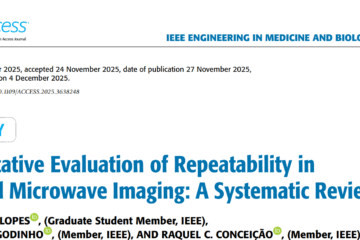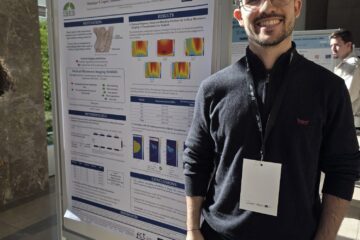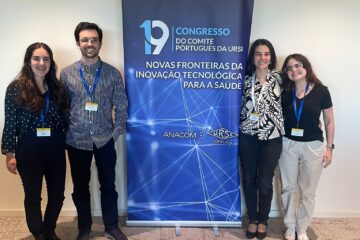Neuroscienceand Neuromodeling – 2025-26 (Master program in Biomedical Engineering andBiophysics) - Seminar cycle
Epigeneticfidelity during derivation of induced pluripotent stem cells
Prof. SimãoTeixeira da Rocha
Department ofBioengineering and Institute for Bioengineering and Biosciences, InstitutoSuperior Técnico, University of Lisbon, Lisbon, Portugal; Associate Laboratoryi4HB, Institute for Health and Bioeconomy, Lisbon, Portugal.
December 4th 2025, 15:00, room 8.2.15
(please turn over for more details)
Bio: Simão T. da Rocha is an Assistant Professor ofMolecular and Cell Biology in the Department of Bioengineering at InstitutoSuperior Técnico, University of Lisbon, and leads the Stem Cell Epigenetics Labat the Institute for Bioengineering and Biosciences. He earned his PhD inDevelopmental Epigenetics from the University of Cambridge in 2007, where heinvestigated the role of genomic imprinting in mouse development. He latercompleted a Marie Curie–funded postdoctoral fellowship at Institut Curie, focusingon X-chromosome inactivation, and received additional training in chromatinbiology and genome engineering in Copenhagen and Dresden.
After joiningthe Institute of Molecular Medicine (iMM) in Lisbon as a staff scientist in2015, he broadened his work to stem cell biology and human disease, securingcompetitive salary support and leading multiple research projects. In 2022, heestablished his own research group at iBB/IST-UL, where he applies epigeneticapproaches to stem cell–based models in developmental biology and biomedicine.Since then, he has obtained several project grants as PI and built amultidisciplinary team spanning postdocs, PhD students, and MSc trainees. Hisgroup’s work has been published in leading journals across the stem cell andepigenetics fields.
Since 2024, he has also served as an AssistantProfessor at IST-UL, teaching courses in molecular and cell biology, genetics,and stem cells. He is committed to advancing biomedical research and mentoringemerging scientists.
Abstract: The reprogramming of somatic cells into inducedpluripotent stem cells (iPSCs) enables powerful, personalized models fordisease and regenerative medicine. This process requires extensive epigeneticremodeling to erase somatic identity and reestablish pluripotency, but it isnot always complete and can lead to epigenetic errors, including defects ingenomic imprinting and X-chromosome inactivation (XCI). These issues remainmajor barriers to achieving fully stable and clinically relevant iPSC lines.
In thislecture, we examine imprinting and XCI stability in human iPSCs derived fromperipheral blood mononuclear cells using non-integrative reprogramming acrosssix culture conditions. This work aims to determine how sex and cultureenvironment influence epigenetic fidelity. Understanding these relationshipswill help reveal the molecular basis of imprinting and XCI dysregulation andguide the development of more reliable reprogramming strategies for researchand therapeutic applications.





